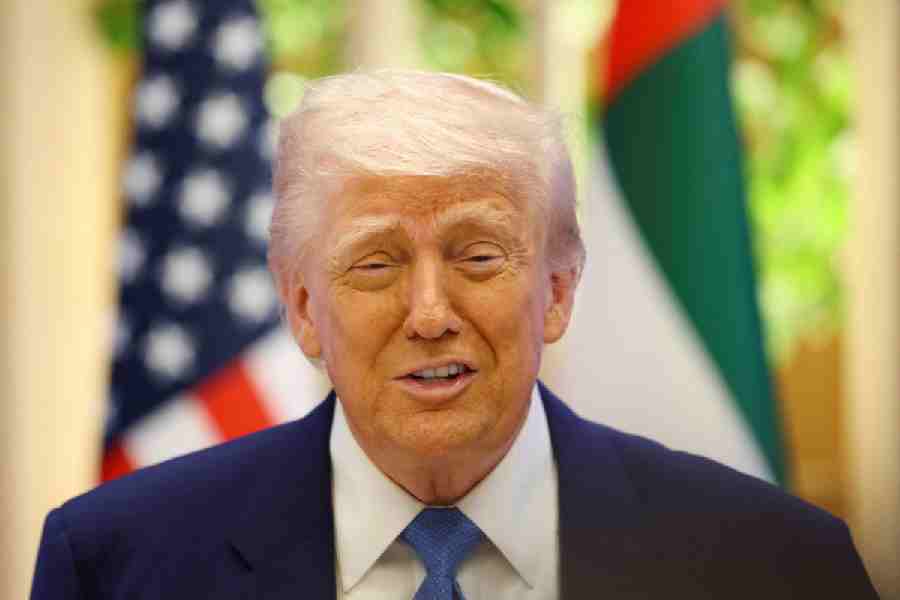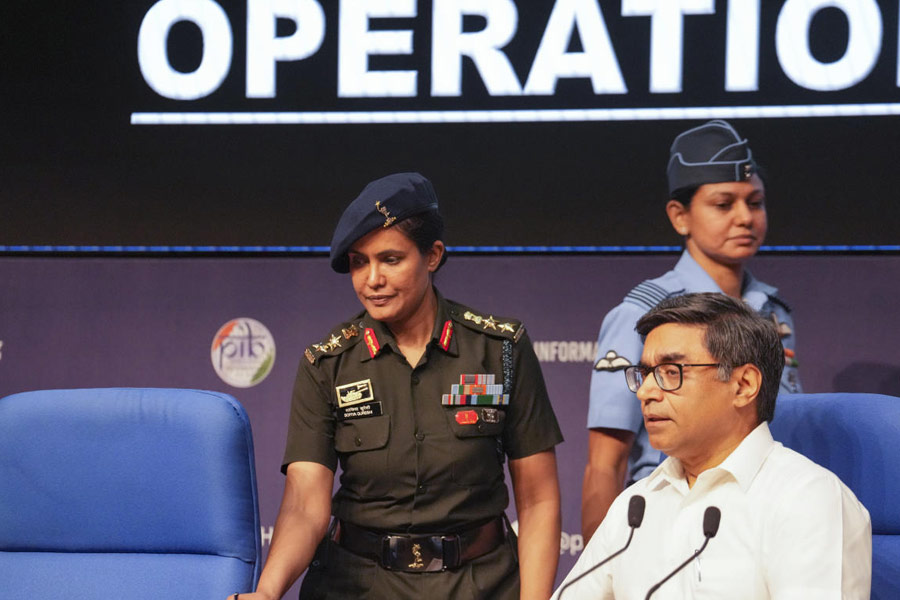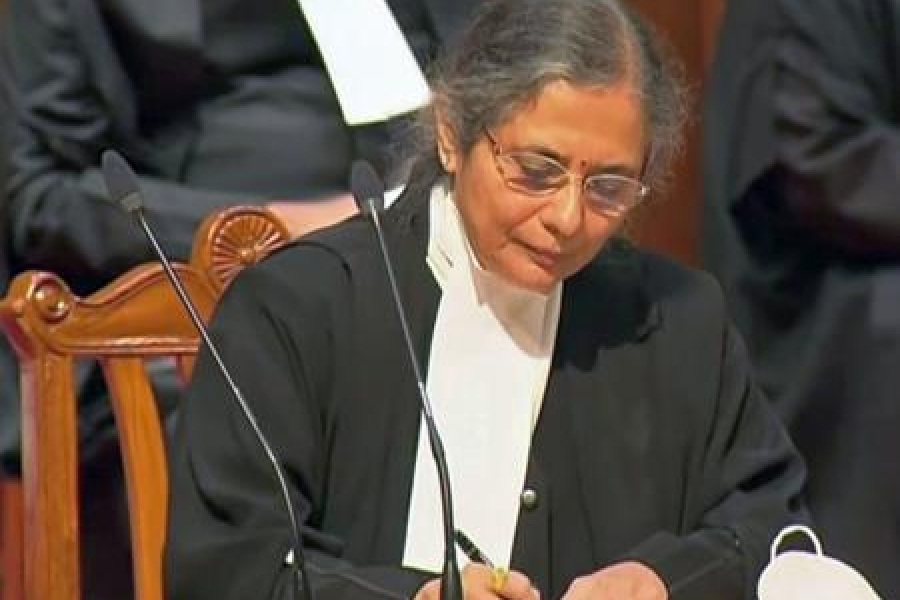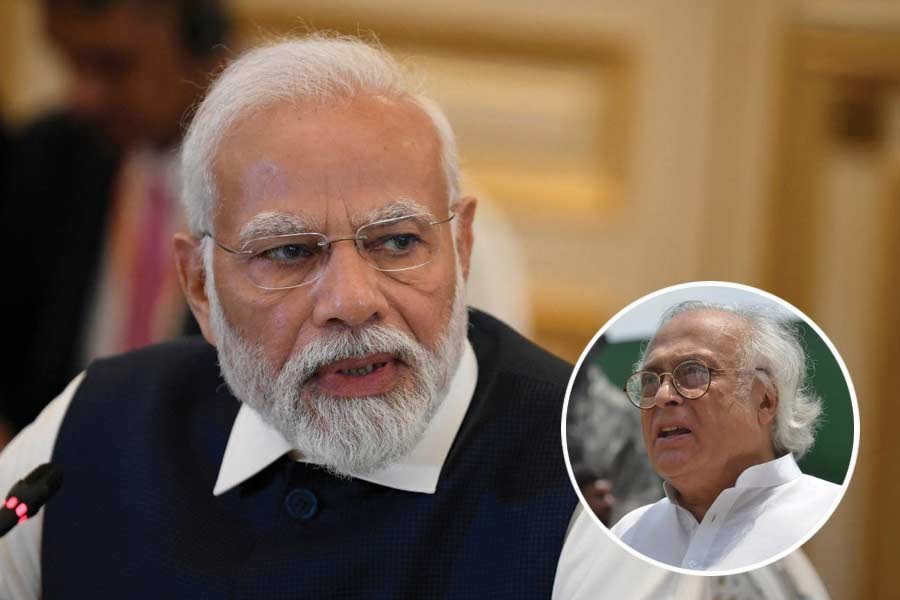.jpg) |
Up next • Detective Byomkesh Bakshi |
Make-up designer and prosthetic expert Vikram Gaikwad, who recently won a National Award for Srijit Mukherji’s Jaatishwar, spoke to t2 on the increasing use of prosthetic make-up in Indian films.
What is prosthetic make-up?
Prosthetics involve the use of an artificial substance like silicon or clay or a chemical on an actor’s face to make him appear like the character he plays. You can call it fake special effects. It is also called FX prosthetic. It is the process of using prosthetic sculpting, moulding and casting techniques to create advanced cosmetic effects.
What is the process involved?
Suppose I want to make an actor look like Mahatma Gandhi but his face doesn’t resemble him. Then first, we compare his face to Gandhi. Then we study his nose, skin and chin. We compare the anatomy closely. Then the process of sculpting, moulding and casting begins.
What are the principal do and don’t of prosthetic make-up?
One should understand the anatomy of the actor’s face. Prosthetic make-up artists should have more practice of sculpting. Make-up is not only about lipstick and mascara. It is a trial-and-error process. Chemical components are used in the process, so an allergy test should be conducted on the actor’s face. Hygiene should also be maintained.
How has it evolved over the years in Bollywood?
In India, prosthetic make-up was first used in the Sanjeev Kumar-starrer Chehre Pe Chehra (1981). Films where prosthetic make-up can be used more are seldom made. After FTII, Pune, I trained in New York, but in the last 20 years, I couldn’t give back 20 per cent of what I have learnt because Indians only make love stories!
Prosthetic make-up is a time-consuming process. In Bollywood, actors can’t afford to give so much time since they are working on too many things at the same time.
Tollywood is very sincere and dedicated. That’s why I love doing regional films because it gives me room for experimentation.
In Bollywood, the trend now is to bring in make-up artists from abroad. I feel it is good for the betterment of the profession and standard of payment. But some of the international make-up artists don’t have practice on dark skins and that can pose a problem.
 |
 |
Text: Ratnalekha Mazumdar










